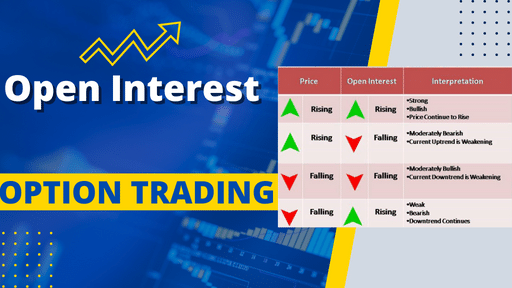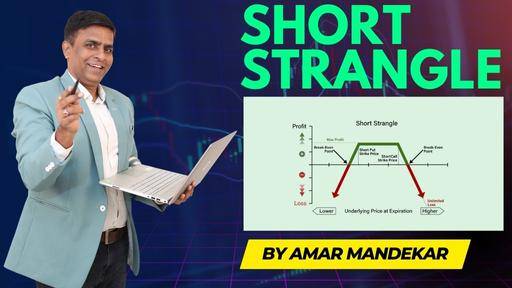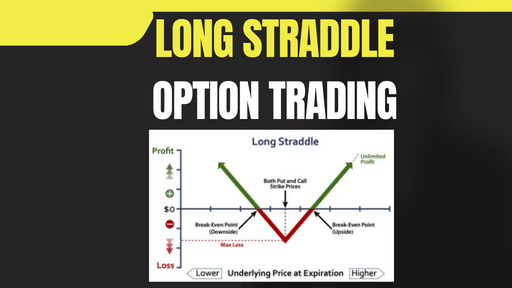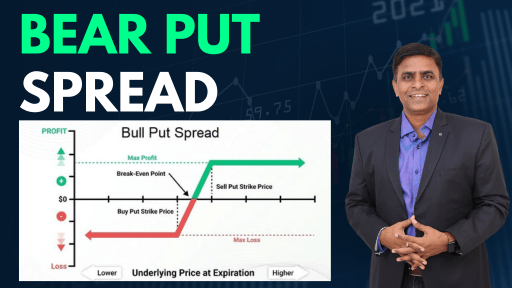Table of Contents
Introduction:
Hello, traders and aspiring market enthusiasts! If you’ve trading in world of stock market option trading, you’ve probably come across the term “open interest.” Whether you’re a seasoned trader or just starting, grasping the concept of open interest can take your trading game from novice to Pro Trader. This article is your ultimate to understanding the power of open interest.
So, saddle up, because we’re about to embark on an exciting journey into the heart of option trading, exploring how open interest can provide valuable clues about market sentiment, potential price movements, and much more.
Key Points
- Open interest is the total number of outstanding derivative contracts that have not been settled, providing insights into contract liquidity and interest.
- It applies to futures and options markets, representing the number of active positions that have not been closed, expired, or exercised.
- Open interest increases when new long positions or short positions greater than closed positions are opened, indicating new money entering the market.
- In contrast, decreasing open interest suggests money flowing out of the market, as more positions are closed than opened.
- Open interest should not be confused with trading volume; they are separate measures with different implications.
- High open interest signifies higher liquidity, making it easier to buy and sell contracts with less price difference.
- Rising open interest is considered bullish, indicating new buying activity and potential continuation of current trends.
- However, excessively high open interest may signal a bearish trend change as market participants start liquidating positions.
- Open interest data is essential for options traders, providing key information about option liquidity and the ability to enter and exit positions quickly.
- While open interest is valuable for market analysis, it should not be solely relied upon as an indicator of trends or price movements.

What’s the Buzz About Open Interest?
You might be scratching your head and wondering, “What the heck is open interest, and why should I care?” Well, partner, open interest is a critical metric that represents the total number of outstanding contracts for a particular option.

Imagine a crowded trading room, and each trader in the room holds a contract for buying or selling a specific option. The combined total of all those contracts is the open interest. This metric is continuously updated throughout the trading day, providing real-time insights into market activity and trader sentiment.
High open interest indicates a bustling market with many active participants. This implies there’s substantial liquidity and interest in the option, making it easier to buy or sell contracts without significant price fluctuations. On the flip side, low open interest might mean a quieter market, which can lead to wider bid-ask spreads and potential difficulties when exiting positions.
Cracking the Code: Deciphering Open Interest Trends
Now that you have a good grasp of what open interest is all about, let’s deal with the next question: how do we analyze open interest data like a seasoned trader?
- Trend Confirmation: Yeehaw! Open interest can help confirm the trend in the market. Picture this: if the price of a stock is rising, but the open interest for its call options is declining, it might be a sign that the upward momentum is losing steam. This could mean it’s time to tighten the reins or consider other trading opportunities.

- Spotting Reversals: There’s nothing more thrilling than identifying potential trend reversals in the market. By monitoring changes in open interest, you can get a head start on spotting shifts in market sentiment. For instance, a substantial increase in open interest for put options might indicate a bearish outlook as traders are betting on a price decline.
- Pin-pointing Support and Resistance: Just like, identifying support and resistance levels can save your hide in the market. High open interest at certain strike prices can act as strong support or resistance levels. Traders often keep a close eye on these levels as they can influence the behavior of an option’s price.

The Benefits of Open Interest Analysis
Now that we’ve uncovered the secrets of open interest, you might be wondering, “How can I harness this knowledge to my advantage?”
- Informed Trading Decisions: By understanding market sentiment and the level of participation in a specific option, you can avoid common pitfalls and ride the trends like a seasoned cowboy.
- Risk Management: Analyzing open interest can help you gauge the level of risk associated with certain options. High open interest with a tight bid-ask spread implies lower risk, while low open interest might be riskier due to potential price swings.
- Timing Your Trades: In the wild west of the stock market, timing is everything. By tracking changes in open interest, you can time your trades more effectively. For instance, entering a trade with increasing open interest can signify strong conviction among traders, adding weight to your decision.

FAQs:
Q: Are there any limitations to open interest analysis?
Absolutely open interest analysis has its limitations too. It doesn’t provide information about the direction of trades (bullish or bearish) or the size of individual positions. That’s why it’s essential to use open interest in conjunction with price action.
Q: How frequently is open interest updated?
A: Open interest data is updated at the end of each trading day. So, you’ll want to keep an eye on the latest data to make informed decisions.
Conclusion
Open interest is the total number of futures contracts held by market participants at the end of the trading day. It is used as an indicator to determine market sentiment and the strength behind price trends.
Disclaimer:
The information provided in this blog post is for educational and informational purposes only. It should not be construed as financial advice or a recommendation to buy or sell any securities. Always do your own research and consult with a qualified financial advisor before making investment decisions.
Also Read : Mastering the Price Action Strategy: Unveiling the Secrets of Successful Stock Market Trading











